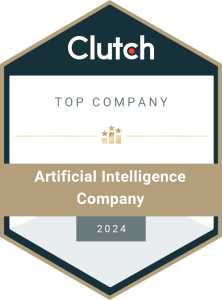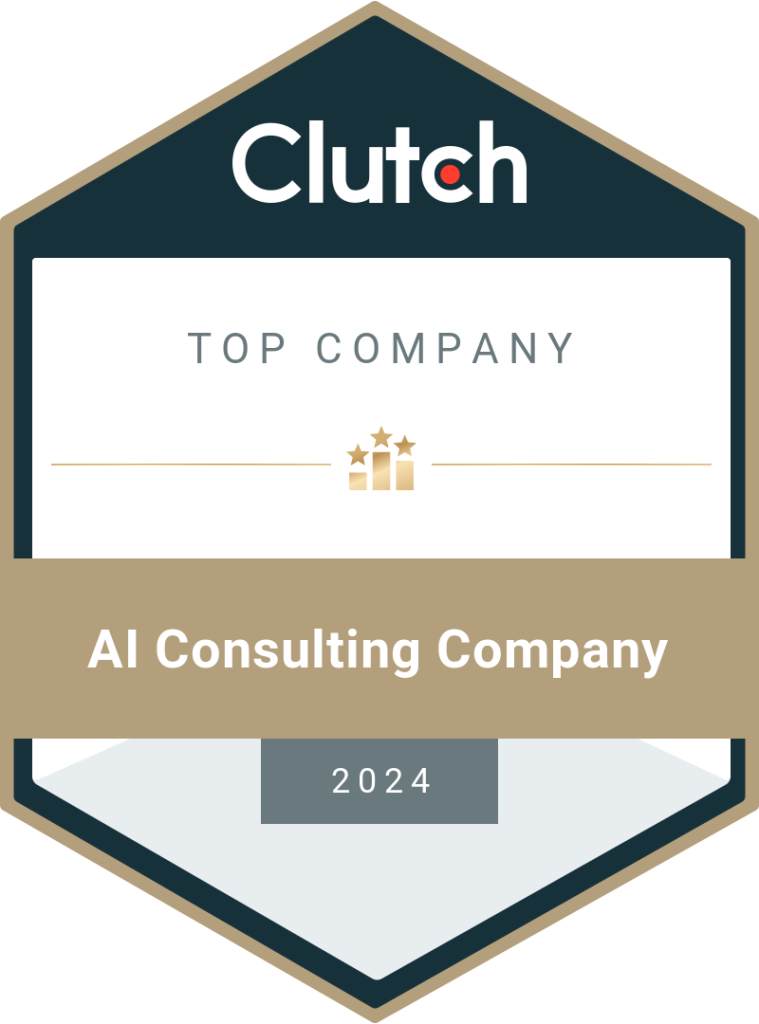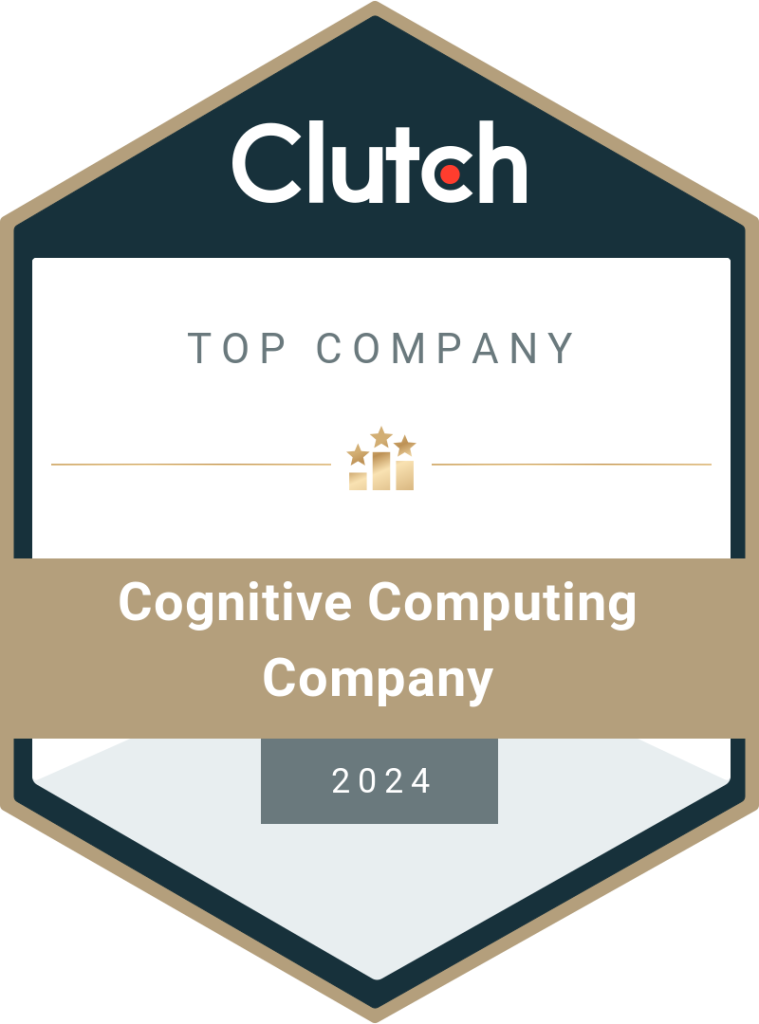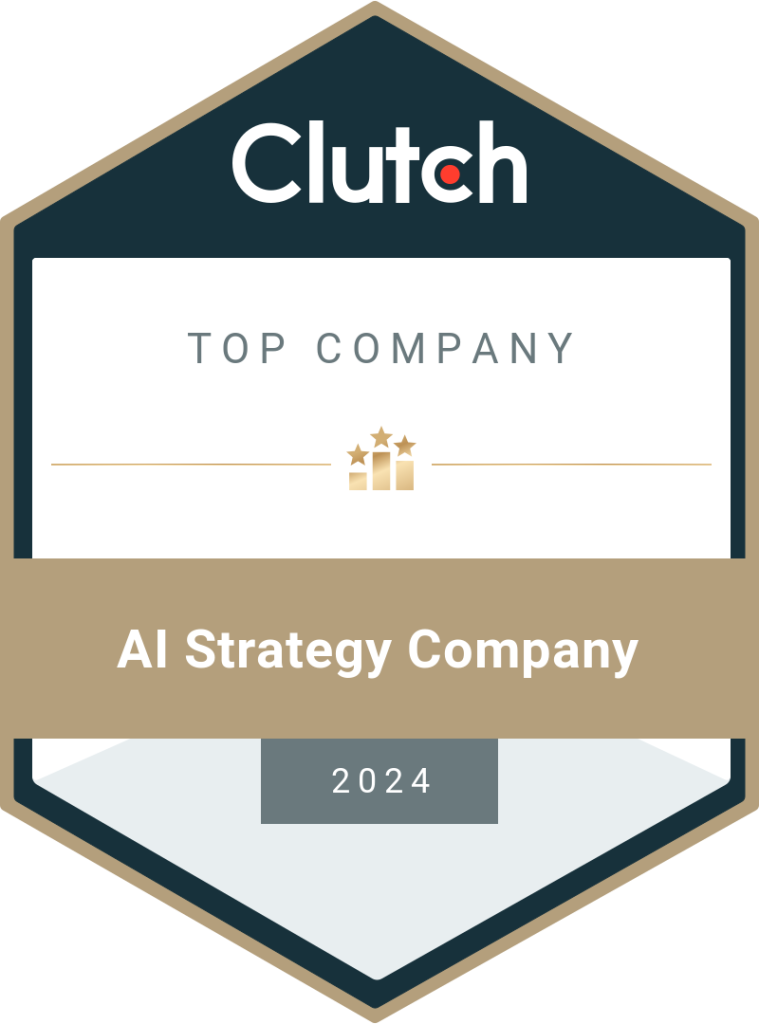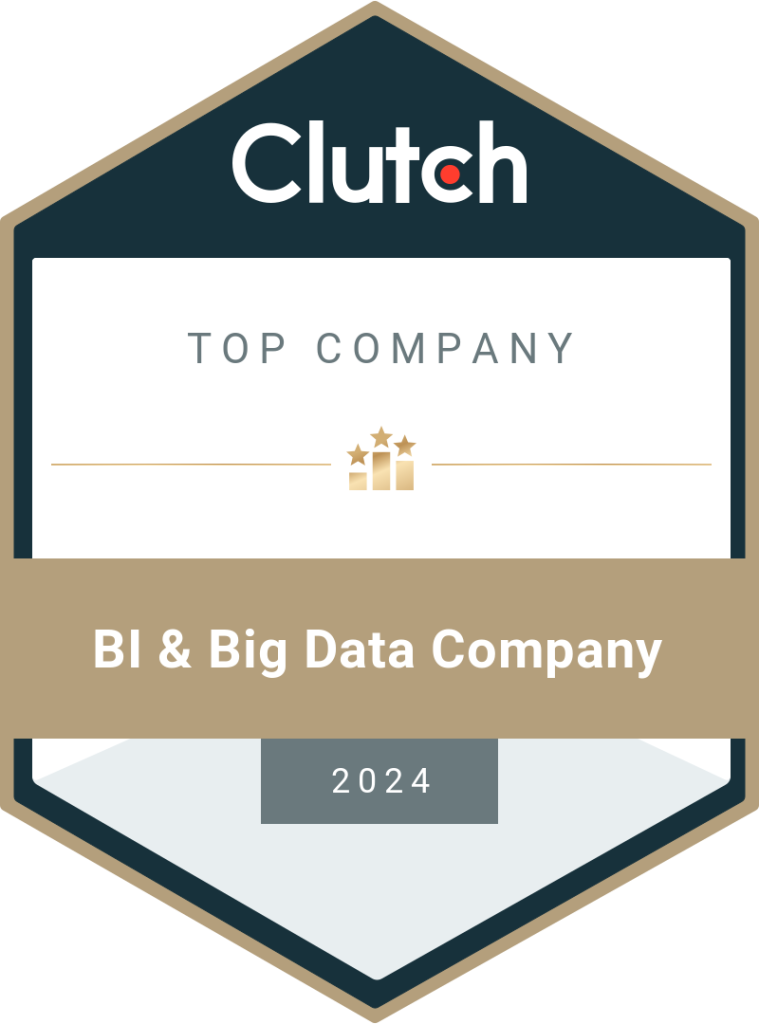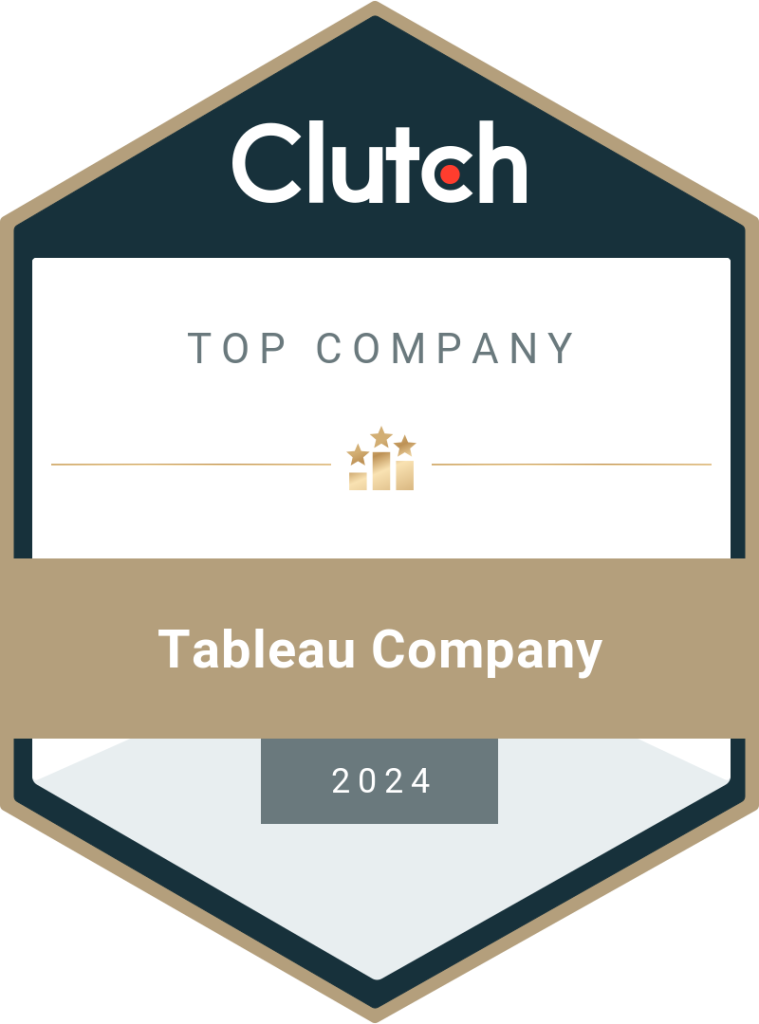9 Advantages of Partnering with a Power BI Consultant
With organizations investing in business intelligence, there is an increase in demand of Power BI experts. Partnering with a consultant is a popular choice in the global market. We’ll discuss the advantages of hiring a Power BI implementation partner for a business. Data is a vital part of the current global industry. So much that 2.5 quintillion bytes are generated every day by internet users. A research study says that daily data generation will reach 165 zettabytes per year by 2025. Statista shows that the global big data market will reach $103 billion by 2027. Data delivers valuable insights and predictions to an organization to make decisions faster and better. The insights are derived through data analytics and business intelligence technologies. A majority of businesses around the world are adopting data analytics and advanced analytics to make the most of the available data. Facts and Factors has reported that the global predictive analytics market will reach $22.1 billion by 2026. On-premises, cloud and self-servicing analytical and business intelligence tools like Power BI have a crucial role in collecting, cleaning, processing, and analyzing data to deliver actionable insights. But how do organizations integrate and use BI tools? There are two ways to do so. One is to build an in-house team with data scientists and Power BI experts. Another method (the most preferred) is to hire offshore Power BI consultants to take care of the process. Various BI consulting companies offer services to help small, medium, and large enterprises adopt the data-driven model and make use of the insights derived by Power BI. Let’s read to find out how Power BI can help your business and why partnering with a consultant is a worthy choice. What are the Benefits of Microsoft Power BI? Power BI is a suite of business intelligence applications and services offered by Microsoft. It comes in various versions (desktop, web, & mobile) and can be used by any business organization. It is a data analytics and visualization/ reporting tool that shares micro and macro insights in real time. Power BI is an internationally famous BI tool for the range of features and services it offers. Here are some benefits of using Microsoft Power BI in your enterprise. Connect Data Sources Data is indeed found in abundance. But how do we collect this data from different sources? You can use Power BI to set up a data processing model where data from multiple sources is collected at a central location. This central database can be a data warehouse or data lake (on-premises or cloud). Power BI is connected to the central database, which has access to data from several sources. Data Integration Data integration is the next step after data collection. It’s where data from different sources is cleaned and transformed to provide a unified view. Power BI is known for its data integration abilities that allow a user to create a common data model after aggregating data from a range of sources. The sources can be online and offline. Power Bi’s ETL (Extract, Transform, & Load) tool is known as Power Query Editor. Turning Data to Insights The biggest advantage of Power BI is to turn raw data into actionable insights. The insights make it easy to understand the patterns, trends, etc., in large datasets. Power BI works with historical and real-time data to deliver insights for decision-making. Employees at different levels in the enterprise can use the insights to complete day-to-day work. Data Security Microsoft has built Power BI to ensure adequate data security and protection. Sensitivity labels, data compliance, defending cloud apps, Microsoft 365 data loss prevention, etc., are some examples of the data security methods adopted by Microsoft to keep your business data safe from unauthorized access and cyber-attacks. Data Visualization Power BI is also called a data visualization tool because of its ease to create reports and view them in real-time. Data visualization is a way of visualizing data insights in easy-to-understand formats. Line and bar graphs, pie charts, heat maps, tree maps, etc., are a few ways to represent data in graphical/ pictorial format. This allows users to understand patterns easily and quickly. User-Friendly Dashboard Power BI offers a customizable and interactive dashboard with a drag-and-drop feature. Users can add filters, KPIs, identifiers, etc., to the dashboard to analyze the same datasets based on various factors. The necessary information can be directly accessed from the dashboard with a couple of clicks. Since the Power BI dashboard is connected to the central system within the business, the data will be up to date at all times. Multi-Platform Usage Power BI comes in different versions. It can be used as a desktop app, web service from the cloud, and mobile app. It can be used as a free or paid service. Microsoft currently offers three versions of Power BI- Free, Pro, and Premium. The consultant will help you choose the right version for your organization based on the volume of business. You can upgrade or downgrade the plans as required. What Does a Power BI Consultant do? A Power BI consultant has an extensive role to play in an organization. The consultant has to provide end-to-end services: The consultant will be responsible for Power BI development, implementation, management, and maintenance in an enterprise. The expert can work with a business from any industry and with varied business requirements. The Power BI consultant will provide tailor-made solutions for each enterprise based on the niche, business volume, market conditions, and long-term goals. Advantages of Partnering with a Power BI Consultant Why do more than half the enterprises adopting the data-driven model hire offshore consultants? There are several advantages of partnering with a Power BI consultant than building an in-house team from scratch and having employees on the payroll. 1. Bridge Talent Gap You need employees with Power BI certification and expertise to build an in-house team. You either have to hire experts or train your existing employees. Recruitment and training are expensive and time-consuming for any business. An easier solution
Read More